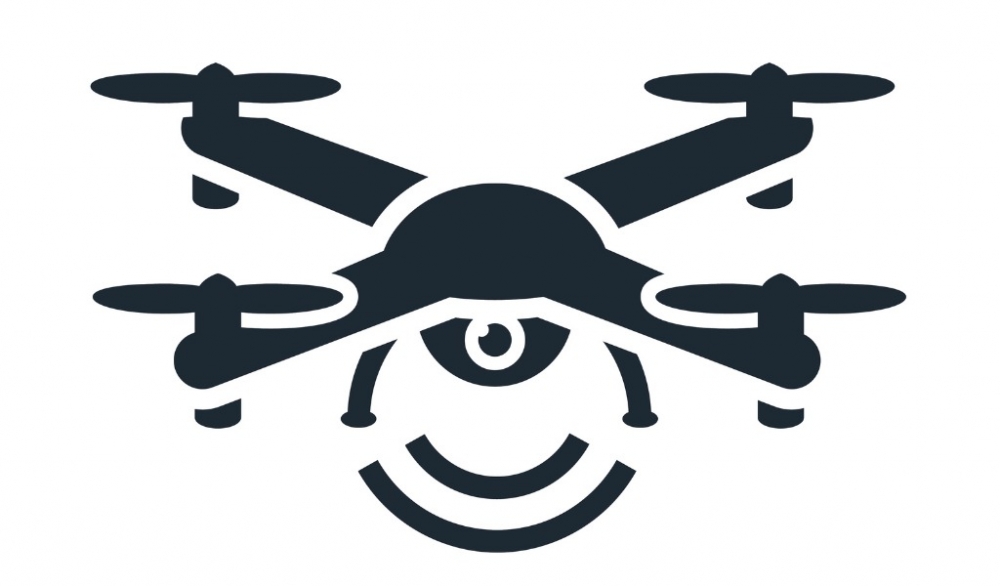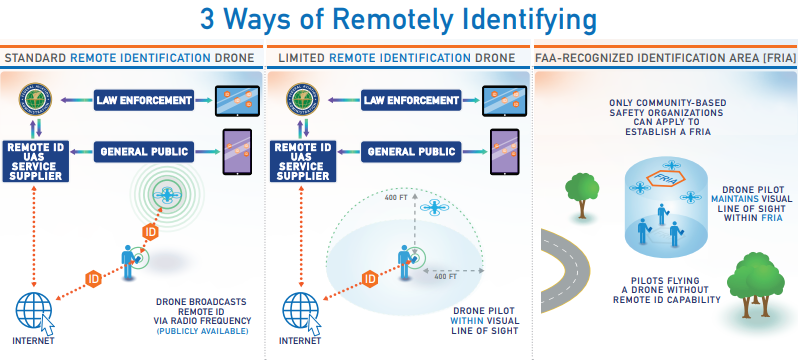 This week
NAAA submitted comments to the FAA on the agency’s long-awaited
proposed rule on the tracking and identification of UAS. With nearly 1.5
million UAS and 155,000 remote pilots registered with the FAA, UAS tracking and
ID is widely viewed as the lynchpin for enforcing all other UAS related rules.
The proposed rule received over 52,000 comments from various stakeholders.
This week
NAAA submitted comments to the FAA on the agency’s long-awaited
proposed rule on the tracking and identification of UAS. With nearly 1.5
million UAS and 155,000 remote pilots registered with the FAA, UAS tracking and
ID is widely viewed as the lynchpin for enforcing all other UAS related rules.
The proposed rule received over 52,000 comments from various stakeholders.
NAAA’s
comments were largely in support of the proposed rule, with a heavy emphasis on
supporting the requirement that all UAS weighing over 0.55 lbs. must be subject
to tracking and ID requirements. NAAA explained
it is extremely difficult for manned aircraft to see UAS, and particularly difficult
for agricultural aviators conducting operations 10 feet off the ground at
speeds up to 140 mph with high cockpit workloads. Additionally, NAAA explained
birds weighing as little as 1 to 2 pounds can severely damage aircraft. Studies
have shown UAVs of similar size cause much more damage because they are made of
denser materials such as plastic and batteries, while birds are made of
feathers, hollow bones, sinew and soft tissue.
A
weight-based threshold is welcome news, as NAAA was one of 10 members of the
2017 Unmanned Aircraft Systems Identification and Tracking Aviation Rulemaking
Committee (UAS ID and Tracking ARC) to dissent from the ARC’s final report. In a dissenting letter, NAAA explained why lacking a
weight-based threshold for compliance with the rules could “greatly undermine
the value, benefits and utility of UAS ID and Tracking – not to mention,
jeopardize the safety of the airspace and comprehensiveness of any future
[unmanned traffic management system].”
A UAS not
equipped with remote ID would only be allowed to fly in
"FAA-recognized" areas and would have to stay within visual line of sight.
NAAA commented it is essential these designated areas are located where there is
absolutely no low altitude manned aircraft activity. This includes public and
private airports, helipads (including hospitals with helipads) as well as
around rural agricultural plots of land where manned ag aircraft typically
operate. NAAA wrote appropriate areas include parks near residential
neighborhoods or other areas where a manned aircraft would never be authorized.
The proposal
would not allow any non-compliant UAS to be manufactured in the U.S. within two
years of the effective date of the rule, and within three years all UAS
operating in the national airspace would have to meet the rule requirements.
NAAA commented that it implementing the rule should occur sooner than the three
years FAA plans to begin implementing the tracking and ID rules due to the extreme
likelihood of additional accidents between UAS and manned aircraft as the
number of UAS flown will markedly increase.
You can read
a summery of the proposed tracking and ID requirements here.
Click Image to Enlarge
 Image Source: FAA
Image Source: FAA
You can read
NAAA’s comments here and also browse the over 52,000
other public comments submitted to the FAA here.